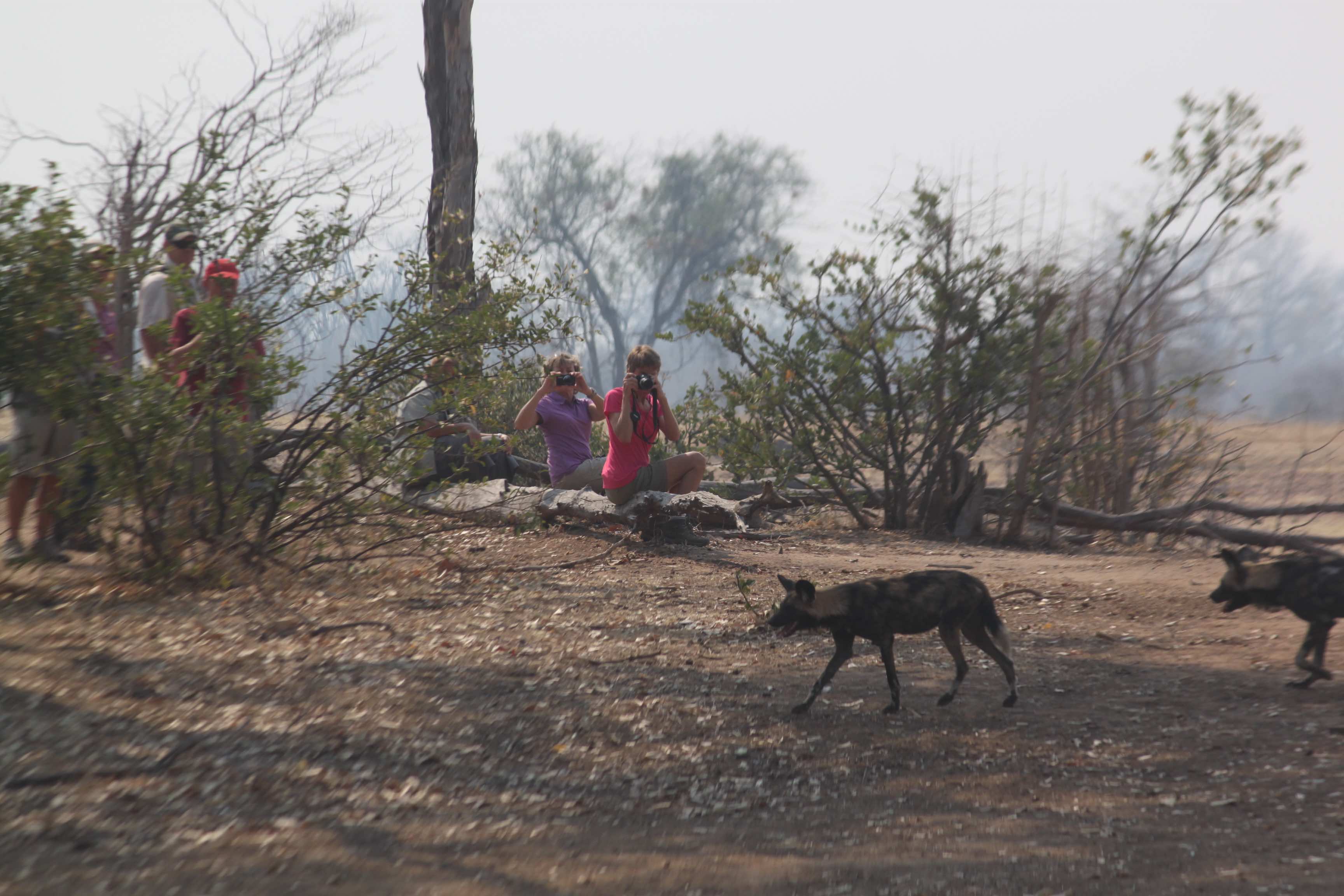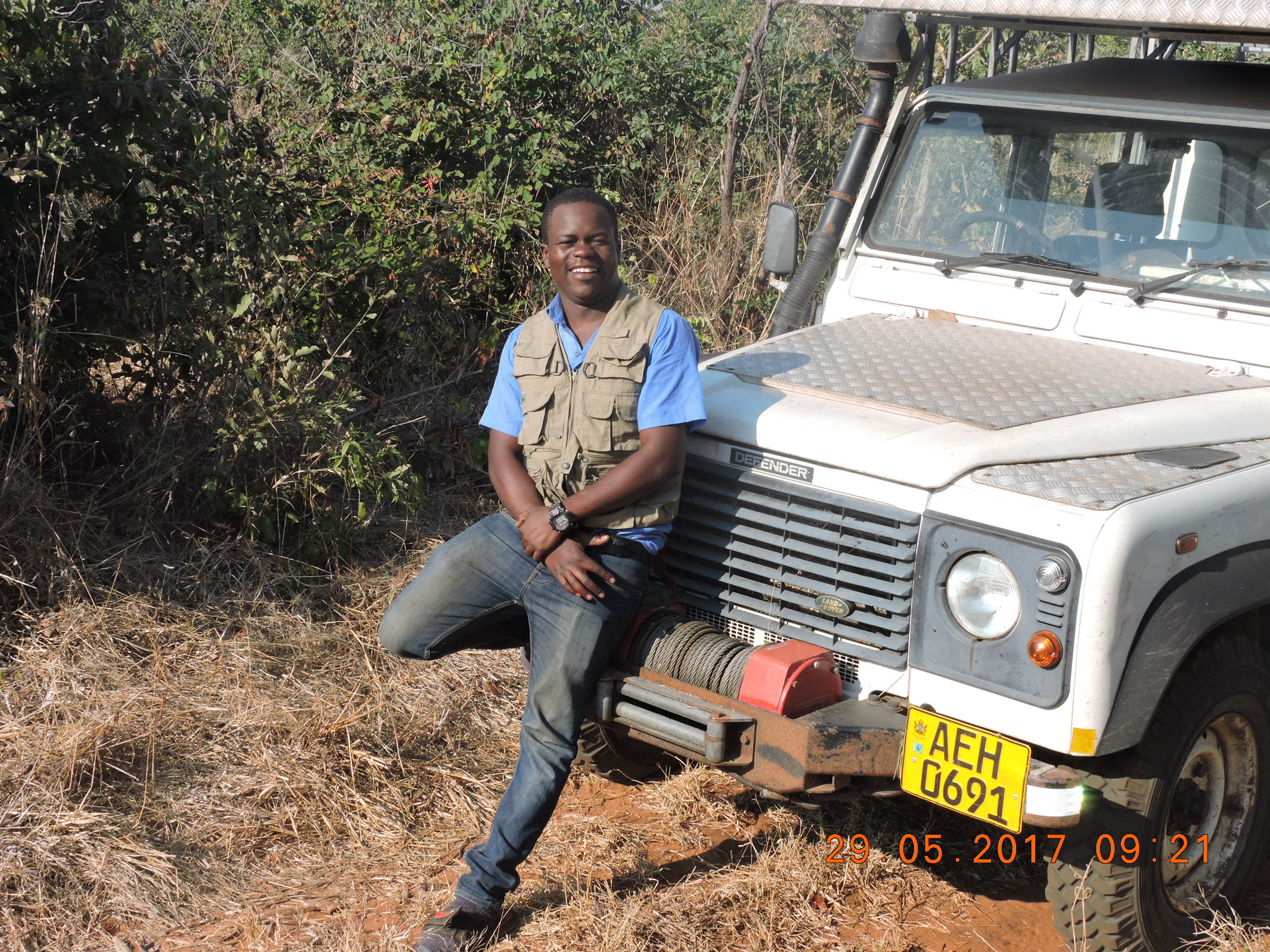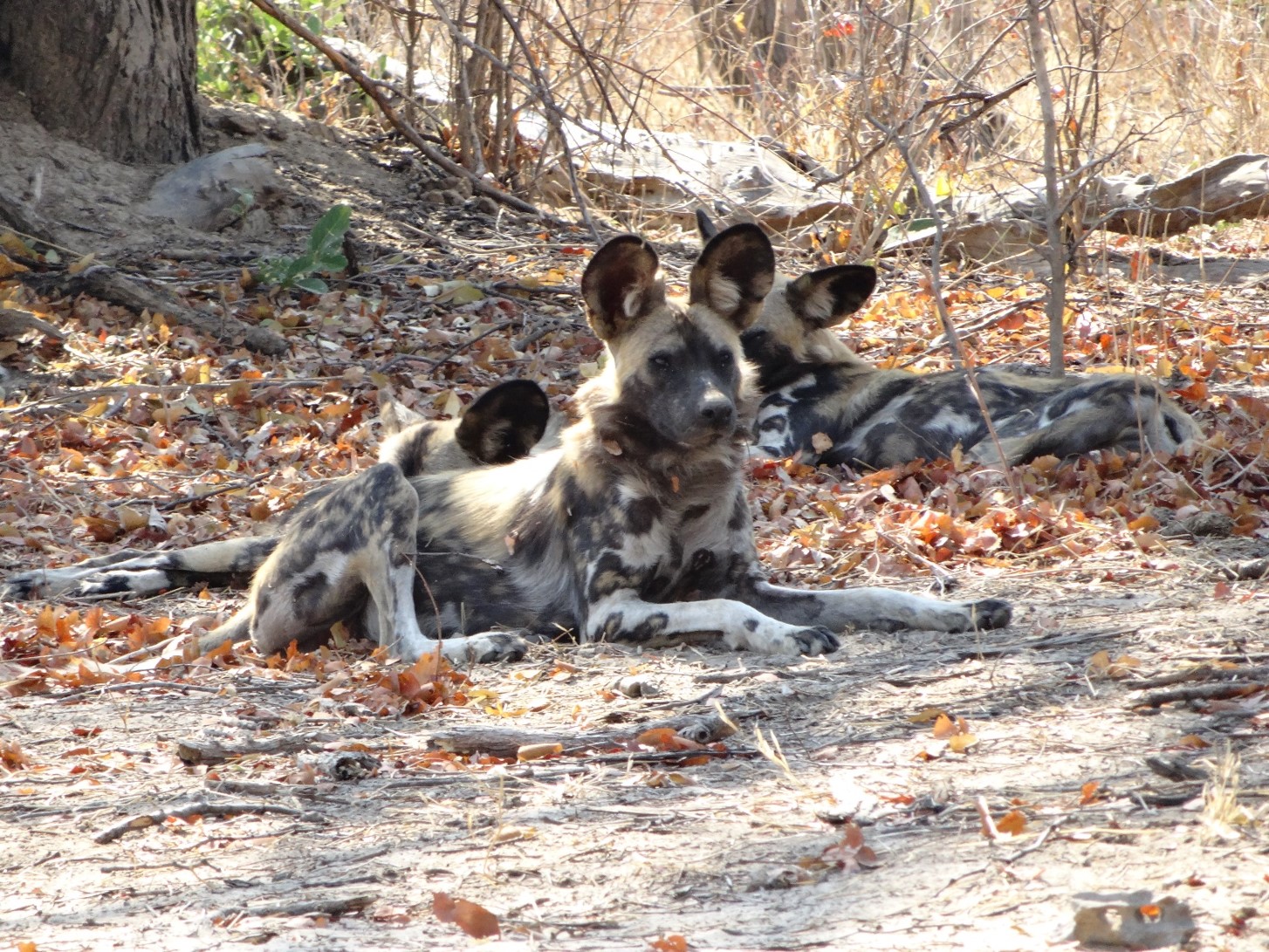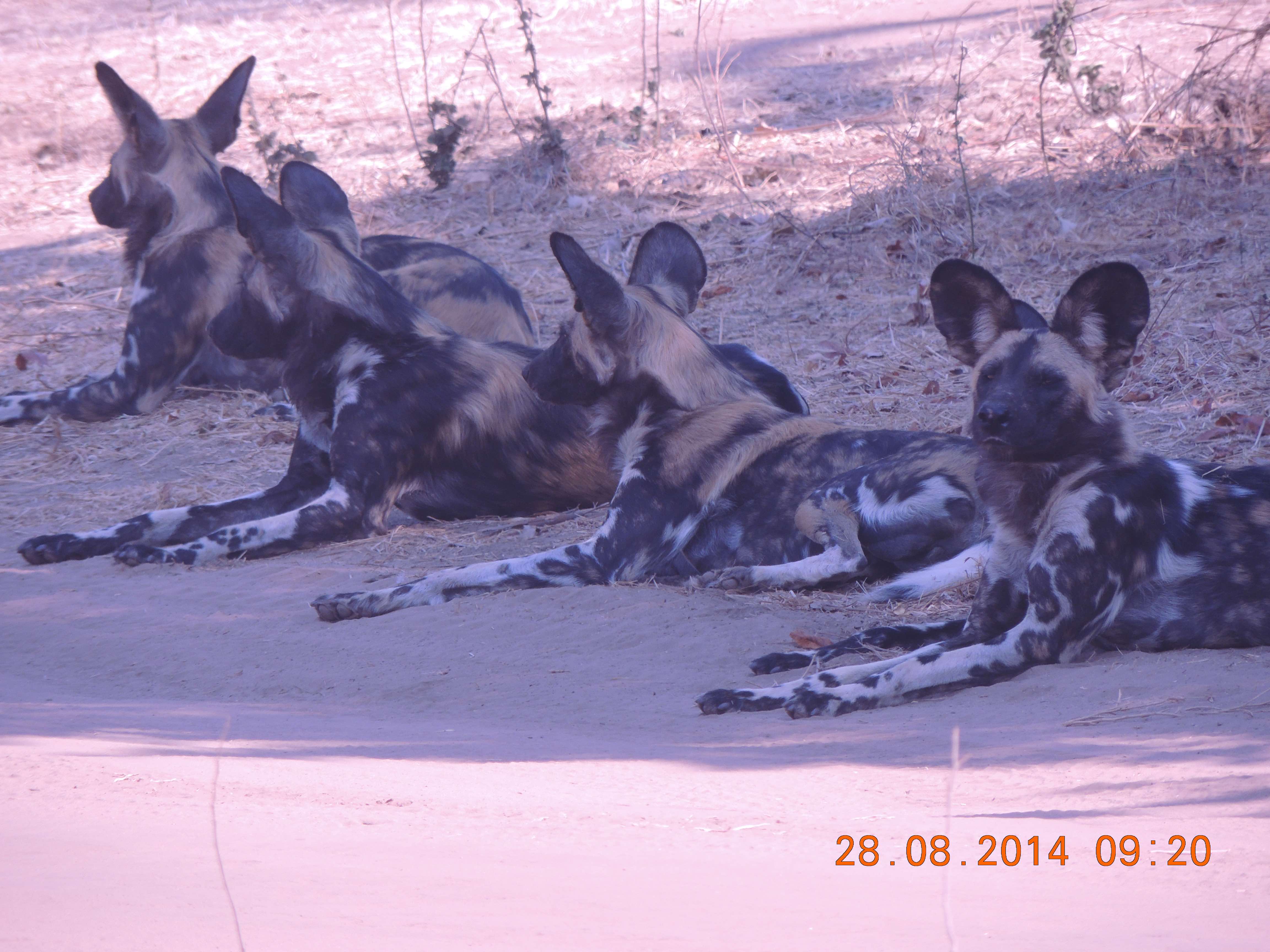News
Citizen scientists may be just as effective as GPS collars for quantifying habitat selection by African wild dogs, but a great deal cheaper
Researchers from WildCRU, the Painted Dog Research Trust, and the RECaP Laboratory developed habitat selection models for the endangered African wild dog informed by the more traditional GPS telemetry data and from the sightings of citizen scientists. Former WildCRU Panther, Tafadzwa Shumba, led the team in this analysis. The comparison of the output of these models informed by these two different approaches revealed that GPS telemetry and citizen scientist data had comparable habitat selection predictions. From both models, it was clear African wild dogs selected areas with more vegetation cover, with rugged terrain and away from artificial waterholes. Furthermore, the spatial predictions from the two methodologies showed a high degree of overlap, indicating similarities in selected and avoided habitat patches. This new WildCRU study therefore highlights the importance of involving the public in collecting data. Citizen science presents a progressive, cost-effective, and relatively non-invasive platform for data collection with obvious benefits for broadening the impact of conservation projects.









